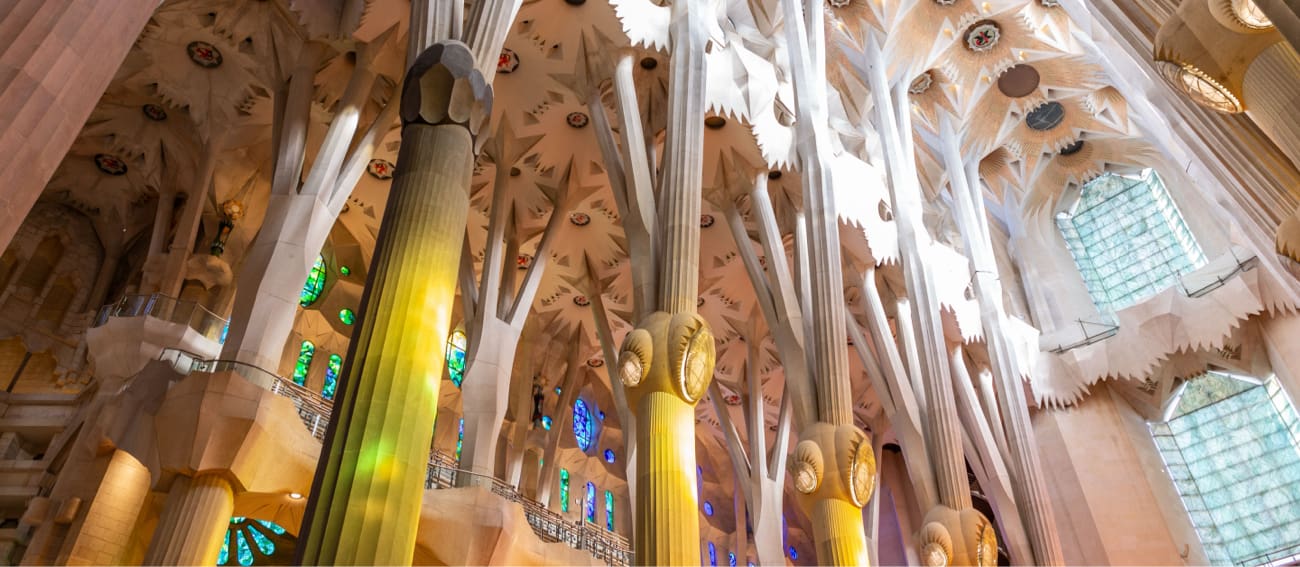Columna de colores
Objetivo: El objetivo de esta práctica es crear una columna con líquidos de distintos colores.

-
Material de laboratorio
4 vasos de precipitados
Probetas graduadas
Una cucharilla
-
Reactivos
Azúcar
Agua
Colorante alimentario
-
Preguntas
¿Cuál es la solución más densa?
¿Qué ocurriría si mezcláramos las soluciones en el orden inverso?
Procedimiento
- Vierte 100 mL de agua en cada uno de los vasos de precipitados.
- No añadas nada en el primer vaso. En el segundo, añade 3 cucharadas de azúcar. En el tercero, añade 6 cucharadas de azúcar, y 9 cucharaditas de azúcar en el último.
- Remueve bien hasta que se disuelva todo el azúcar.
- Para diferenciarlos, añade colorante alimentario.
- Con cuidado, vierte todos los líquidos en la probeta graduada empezando por el más denso.

Creemos un futuro más brillante
Únete a nuestro equipo para trabajar con investigadores de renombre, emprender proyectos innovadores y contribuir a avances científicos significativos.
Únete a nosotros!













